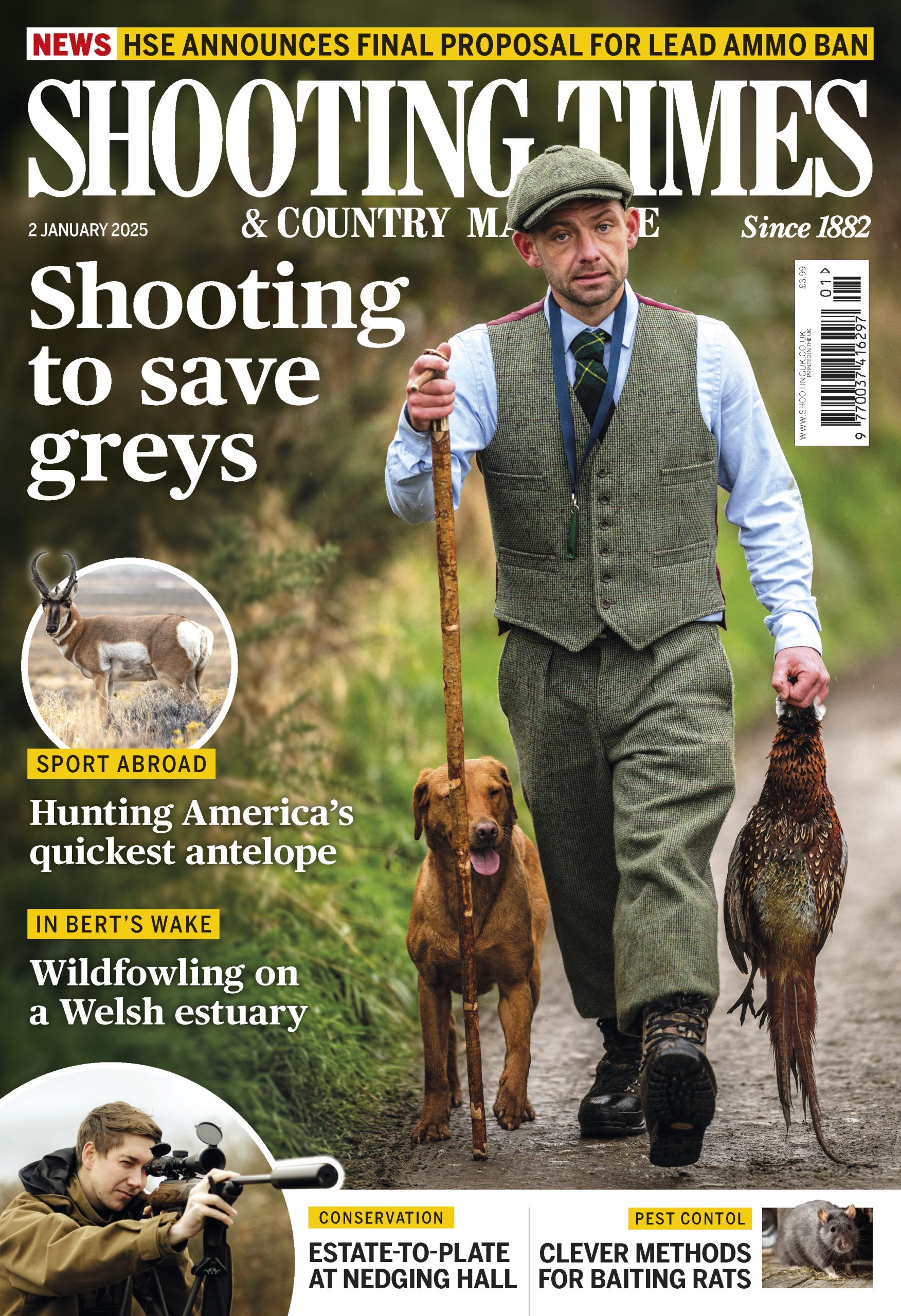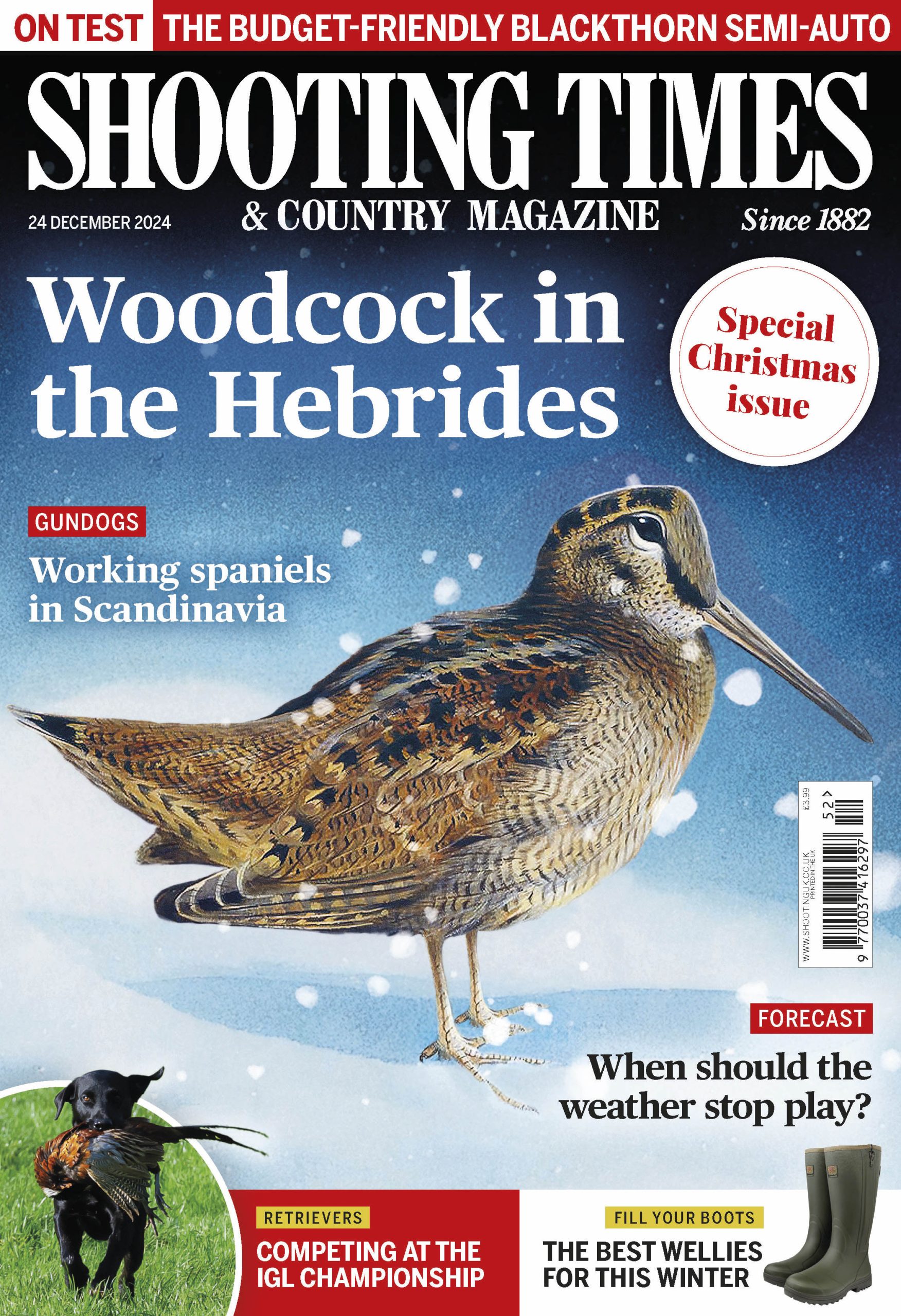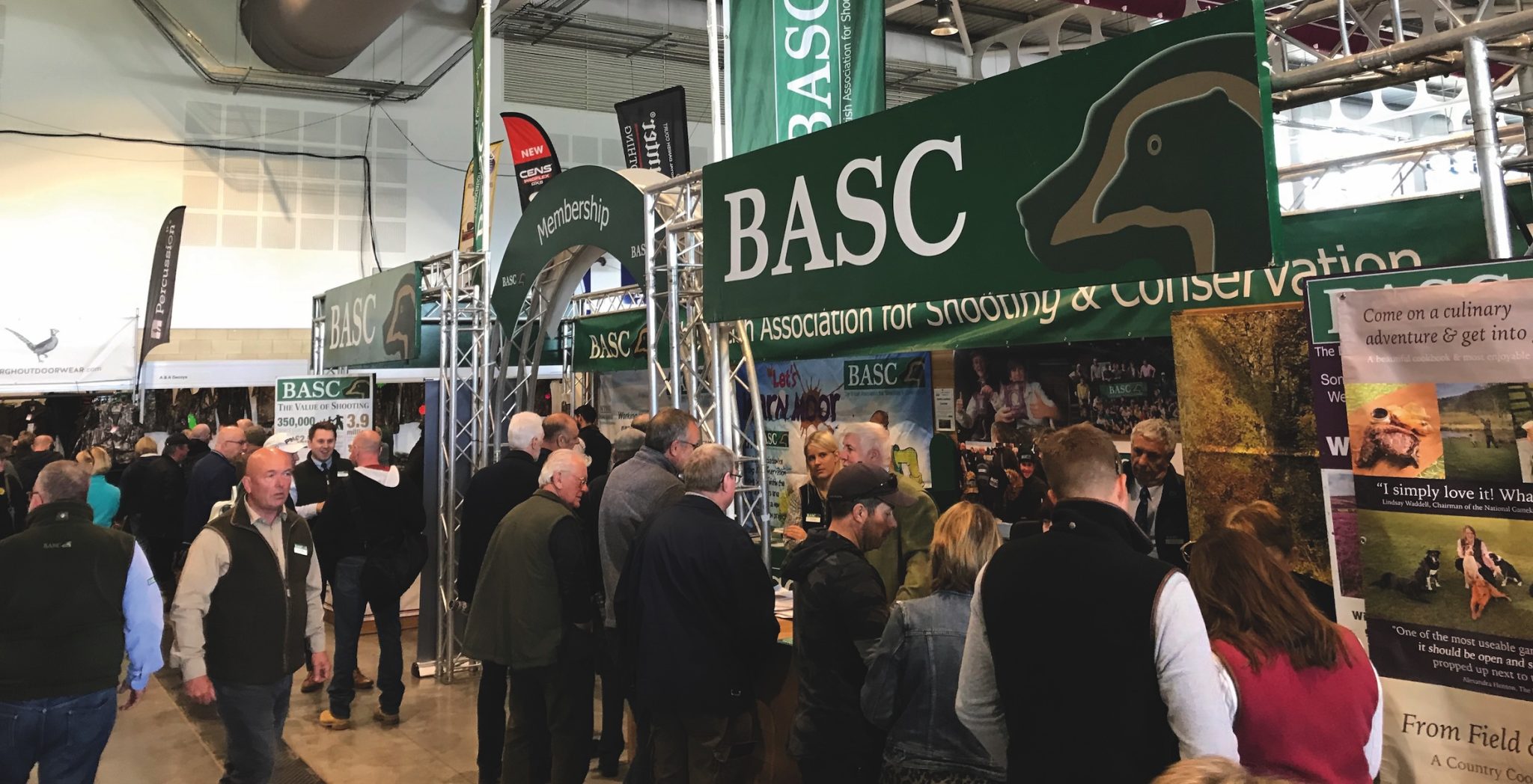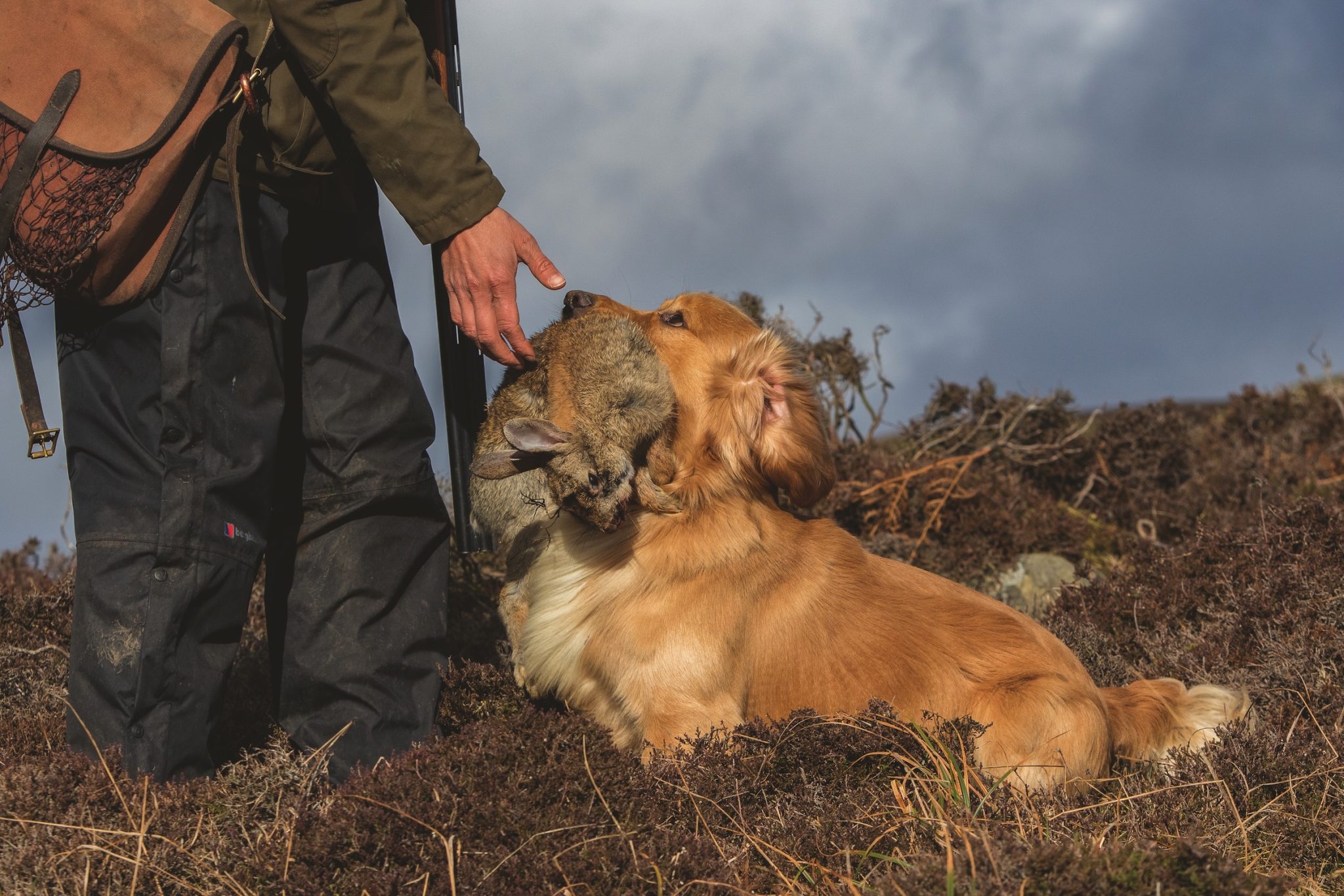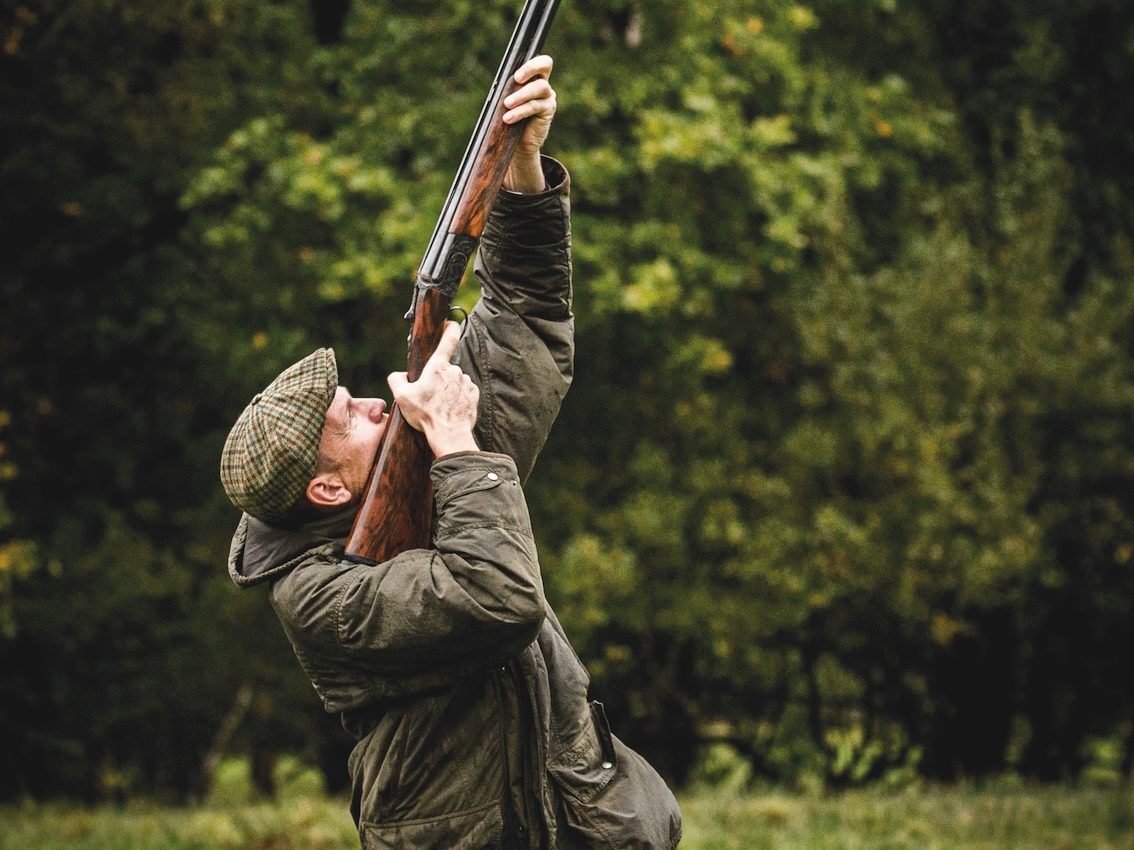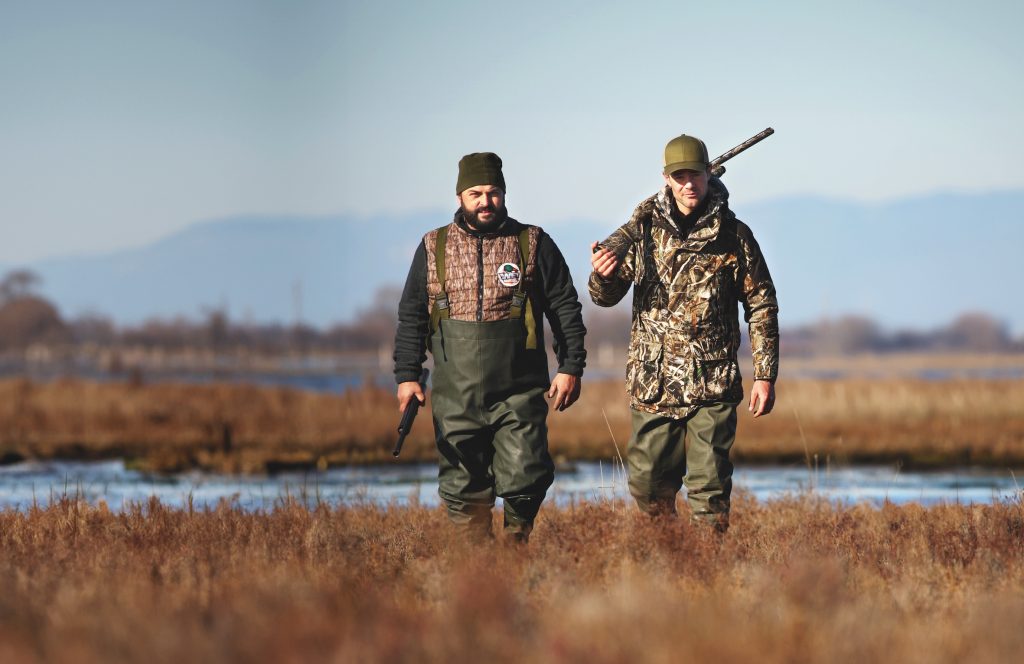Win CENS ProFlex DX5 earplugs worth £1,149 – enter here
Starting out? Make sure it fits
If you’re buying your first clay gun, the right fit takes precedence – not good looks, the brand your mate’s got or even price – warns Paul Austin
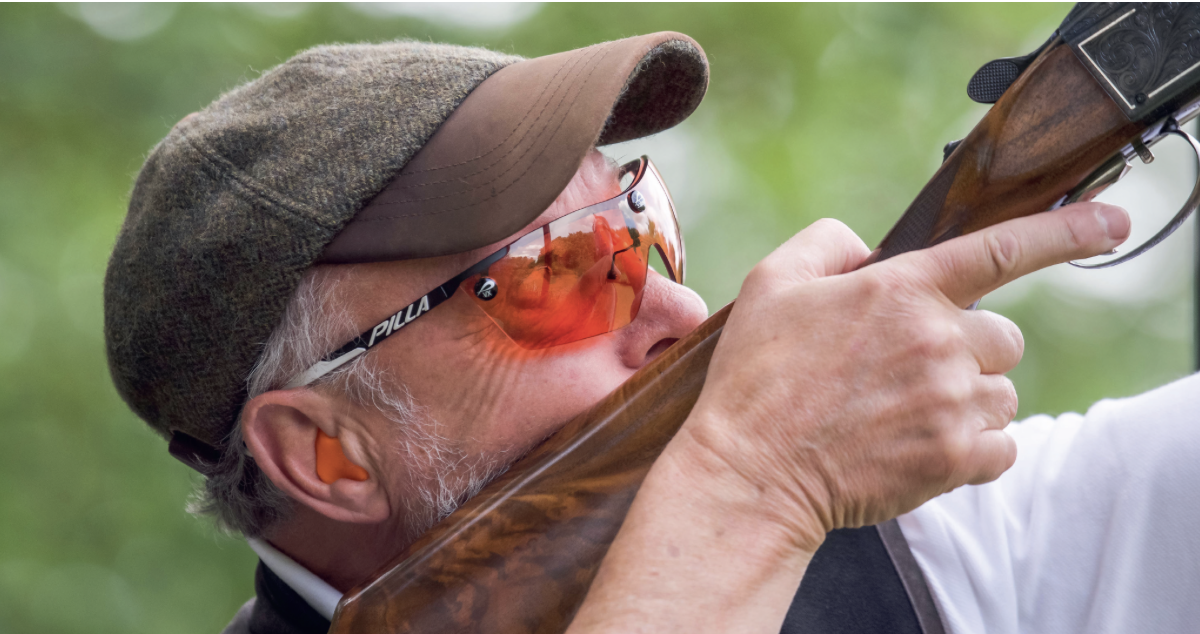
Choosing Your First Clay Gun
Thinking about your first clay gun? There’s a lot to consider. It’s a bit like walking into a sweet shop where half the labels are in Latin, everyone’s got a strong opinion and you’re not even sure what flavour you like yet.
Beretta? Browning? That shiny thing with the walnut stock that feels more like a piece of furniture than a tool? There’s a lot to think about. But don’t worry.
The key – and this is worth underlining – is fit. Not price. Not brand. Not whether your mate’s got the same one. If it doesn’t fit, it won’t shoot straight.
So here’s a proper walk-through of what matters when choosing your first clay gun. Think of it as a preemptive strike to avoid buyer’s remorse.
First things first. Get yourself to a proper gunshop or clay ground with an experienced coach or gunsmith on site. Ideally one who has fitted guns for people of all shapes and sizes, not only 6ft blokes with an “I’ll take the Beretta” mindset.
The right expert will check your build, your shooting goals, how often you plan to shoot and what disciplines you fancy – Sporting, Skeet, Trap or a bit of everything. From there they’ll steer you towards suitable options. No hard sell, just practical advice.
If you already have a coach, bring them along. They’ll spot mounting quirks or fit issues that might not be obvious until your scores start dwindling. This sort of input can save you hundreds, if not thousands in avoidable tweaks or perhaps even a replacement gun further down the line.
Fit Beats Flash
Let’s debunk a popular myth: “Get the fanciest gun you can afford.” No. Get the gun that fits. You want a shotgun that, when mounted, naturally points where you’re looking. That’s what gives you consistency and confidence. A pretty gun that doesn’t fit is a fast track to frustration.
Beretta and Browning both make excellent shotguns. But even between those two, the handling and stock dimensions vary. Some feel nose-heavy; others swing like they’re on rails. Try them side by side and see what feels intuitive. Mount it, swing it, shoulder it again. If it feels off, it probably is.
If you’re new to all this, strongly consider starting with something that has an adjustable comb. Of all the optional extras you can invest in as a beginner I think this is perhaps the most important. It’s not merely a gadget – it’s a game-changer for fine-tuning your initial mount and for future modifications as your technique evolves over time.
Choosing the Right Style
For clay shooting, an over-and-under 12-bore is the go-to. Two barrels, one sight line, built to take a battering. They’re also range-friendly – easy to break open, easy to see they’re safe.
But don’t rule out the semi-automatic. Modern 12-bore semis kick less, cost less and still get the job done. But do remember clay grounds will insist on open bolts and chamber flags – standard semi-auto etiquette on any range.
Pump actions? Technically fine. Practically fiddly. Side-by-sides? More at home on the moor than the skeet stand. Stick with an over-and-under or a semi.
You’ll hear the term “Sporter” a lot. This is what you want. Sporters are built for clays: longer barrels (28in, 30in or 32in), multichokes and a bit more weight to soak up recoil.
When you make your choice, don’t fall into the “big is better” trap. Longer barrels won’t improve your shooting if the gun is excessively nose-heavy or the added weight interferes with your swing. You want balance primarily – on or around the hinge pin ideally – which is perfect for most people.
Field guns are lighter, faster to shoulder and therefore faster in the swing. Great for game, less ideal for repetitive clay smashing. A smooth swing is preferable to a fast one for clays, while the added weight of a Sporter also softens recoil.
Unless you’re absolutely sure you’ll be shooting more game than clays, stick to a Sporter.
Consider Your Build
Most shotguns are built for the average man (around 5ft 10in and 12½st). If that’s not you – or if you’re buying for a junior or female shooter – take extra care with weight, balance, barrel and stock length.
A gun that’s too heavy will wear you out. One that’s too light will punch you in the shoulder. One that’s too light (relative to your build) will be too quick in the swing, and make you erratic and unsteady.
Many smaller shooters still go with a 12-bore but use lighter loads (21g or 24g) to reduce recoil and there’s absolutely nothing wrong with that. Forget all the macho high-bird cartridge nonsense – stick to what you can shoot well over an extended shooting session.
Also look out for women’s or youth models – they come with shorter stocks and better ergonomics. Failing that, a gunsmith can trim, pad or tweak a full-sized stock to fit you properly. Don’t just make do – it will show in your scores, your bruises and sooner or later your enthusiasm.
Spend Smart
Don’t blow your budget on your first shotgun; you’re still figuring out what suits you. A sensible first-gun price is between £500 and £1,500. That will get you a solid new Turkish over-and-under or a well-kept used Beretta or Browning.
There is nothing wrong with buying second-hand – especially from a reputable brand or dealer. Guns last for decades if looked after.
Save some cash for clays, cartridges and lessons. You’ll learn more from 500 cartridges and a good coach than you ever will from a £4,000 shotgun that doesn’t fit.
Mounting a shotgun in a shop is all well and good, but it’s not the same as actually shooting it. Plenty of dealers offer demo guns or work with local grounds. Take them up on it.
Better still, book a test session with your coach. They’ll see things you won’t – poor cheek weld, off-line eye position, recoil that rattles your fillings.
A decent first gun should feel natural to mount, manageable to swing and kind to your shoulder. If it doesn’t – put it back on the rack.
Final Word
Don’t rush the purchase. It’s better to make a second trip and try a few more guns than to impulse-buy the wrong one. It’s expensive and often impossible to make a poorly fitted gun fit its impulsive new owner.
The clay-shooting community is generally friendly. At a club you may even find fellow shooters willing to let you try their guns for a couple of shots. Every gun you try is a learning experience that brings you closer to the ideal first shotgun for you.
At the end of the day, confidence is the key to successful shooting, not brand names or tech. If you have a decent gunfit, a steady mount and solid technique, you’re going to break clays.
GREAT BEGINNER GUNS TO EXPLORE
BERETTA 686 SILVER PIGEON I Reliable and ubiquitous on UK clay grounds. New models cost from around £1,600, while used examples often fall within first-gun budgets. Also available in Vittoria (ladies’) versions.
BROWNING 525 SPORTER A classic that fits most people well and is built to last. Starting at around £1,700, second-hand 525s (or older 425s) offer great value. Smaller versions are available.
MIROKU MK38/MK70 Very similar to the Browning 525 but usually a bit cheaper, it is known for solid craftsmanship and smooth handling. Prices start from around £1,800. A strong favourite among UK shooters.
ATA ARMS SP OR YILDIZ SPZ Budget-friendly Turkish over-and-unders, typically £600 to £800 new. They lack the refinement of the premium brands but offer exceptional entry-level value.
BERETTA A300/A400, BROWNING MAXUS OR WINCHESTER SX4 If you prefer a semi-auto, these models are well regarded and often under £1,200 new. Look for one with stock shims so that you can adjust the fit.
Related Articles
Get the latest news delivered direct to your door
Subscribe to Shooting Times & Country
Discover the ultimate companion for field sports enthusiasts with Shooting Times & Country Magazine, the UK’s leading weekly publication that has been at the forefront of shooting culture since 1882. Subscribers gain access to expert tips, comprehensive gear reviews, seasonal advice and a vibrant community of like-minded shooters.
Save on shop price when you subscribe with weekly issues featuring in-depth articles on gundog training, exclusive member offers and access to the digital back issue library. A Shooting Times & Country subscription is more than a magazine, don’t just read about the countryside; immerse yourself in its most authoritative and engaging publication.
